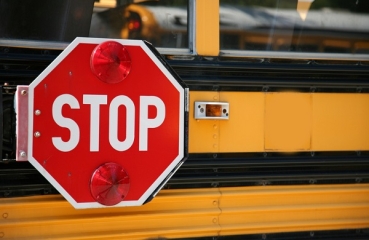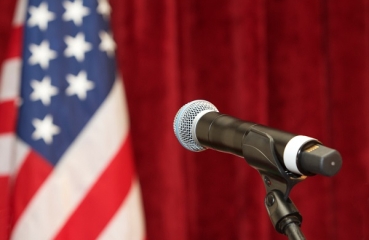It’s time for common sense on accountability for online schools
Chad L. AldisFor charter school supporters, it can be frustrating. There’s always something new in the Electronic Classroom of Tomorrow (ECOT) saga.
Most parents still live in Lake Wobegon
On this week's podcast, Bibb Hubbard, founder and president of Learning Heroes, joins Mike Petrilli and Alyssa Schwenk to discuss better ways to communicate students’ academic progress (or lack thereof) to parents. On the Research Minute, David Griffith examines the recent AEI study that questioned the relationship between test scores and long-term outcomes.
Are university-based teacher education schools responsive to public ratings?
Amber M. Northern, Ph.D.By Amber M. Northern, Ph.D.
America’s Charter School Deserts: Up Close in the Washington Metro Area
2016–17 was one of the slowest growth years for charter schools in recent memory.
Test-based accountability deserves to be assessed against a valid hypothesis, not a straw man
Michael J. PetrilliBy Michael J. Petrilli
Ohio to Florida: Better schools for thee but not for me?
Chad L. AldisIf you were on vacation earlier this month—lucky you—you may have missed the release of the 2017 NAEP results. On the whole, you didn’t miss much.
We should irrigate charter school deserts. Here's how.
Michael J. Petrilli, Amber M. Northern, Ph.D.By Michael J. Petrilli and Amber M. Northern, Ph.D.
No, NAEP scores in California don't evince a lost decade of educational progress
By Michael W. Kirst
NEW REPORT: Charter School Deserts: High-Poverty Neighborhoods with Limited Educational Options
The Education Gadfly2016–17 was one of the slowest-growth years for charter schools in recent memory. Nobody knows exactly why, but one hypothesis is saturation: With charters having achieved market share of over 20 percent in more than three dozen cities, perhaps school supply is starting to meet parental demand, making new charters less necessary and harder to launch.
Charter School Deserts: High-Poverty Neighborhoods with Limited Educational Options
Andrew Saultz, Queenstar Mensa-Bonsu, Christopher Yaluma, James Hodges2016–17 was one of the slowest-growth years for charter schools in recent memory. Nobody knows exactly why, but one hypothesis is saturation: With charters having achieved market share of over 20 percent in more than three dozen cities, perhaps school supply is starting to meet parental demand, making new charters less necessary and harder to launch.
Some racial and ethnic groups do much better on NAEP than others. Here are some factors that might explain why.
Brandon L. WrightBy Brandon L. Wright
How accountability metrics related to student subgroups affect teacher turnover and attrition
Amber M. Northern, Ph.D.By Amber M. Northern, Ph.D.
Differences between classroom assignments in low- and high-poverty schools
Emily HowellBy Emily Howell
O-H-I-No?
On this week's podcast, Paolo DeMaria, Ohio's State Superintendent of Public Instruction, joins Mike Petrilli and Brandon Wright to discuss the state’s new strategic plan for education, which Fordham’s gadflies find disappointing. On the Research Minute, Amber Northern examines the access, perseverance, and outcomes of first-generation college students.
The tragic lack of progress for Ohio’s low-income and black students
Aaron ChurchillAchievement gaps between poor and minority students and their peers are well documented and persistent. For years, data indicate that these students have generally been making slow but steady progress.
Findings about school choice programs shouldn't be applied to individual schools
Michael J. PetrilliBy Michael J. Petrilli





















